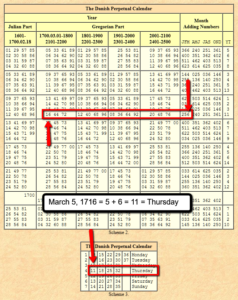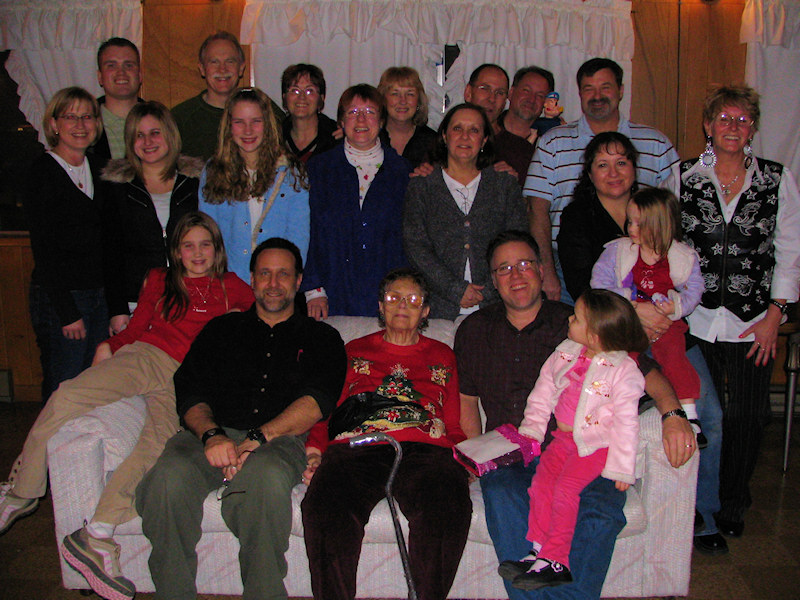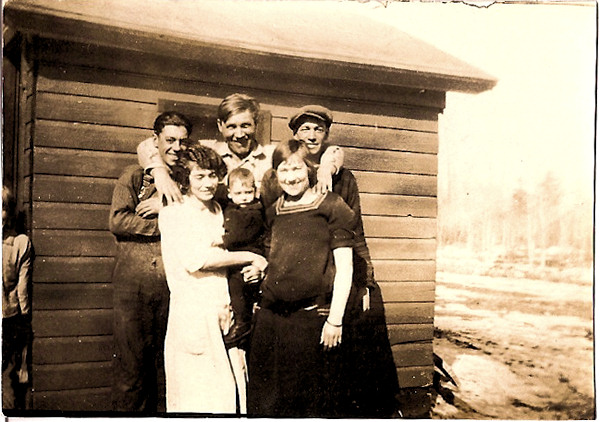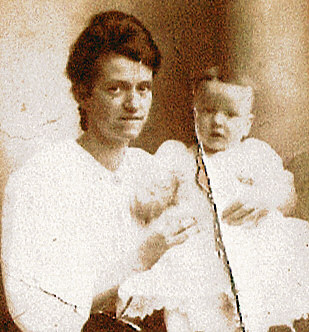As my research into the mysteries in and around the conception and birth of Howard W. West Sr., and confirmation of his parents, Walter Ellsworth West and Lula Bell Pinder, I’ve recently discovered that all of the major players, save Lula, came together in Perry, Michigan.
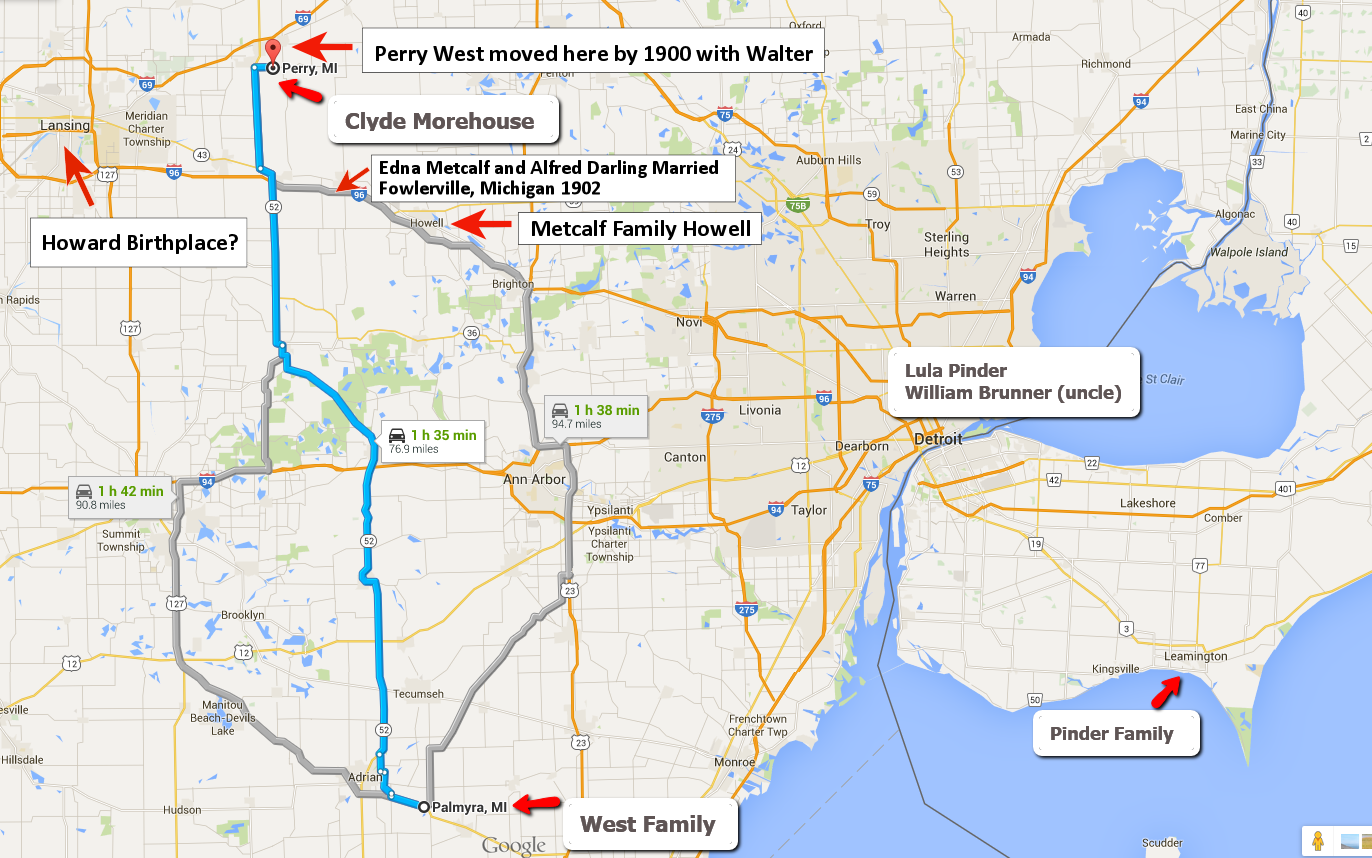
I’ve exhausted the vital statistics for most of the parties involved in Perry, Michigan. Now it is time to find how they came together and connected within their community. It’s time to hit the newspapers.
Finding which newspapers were active during the 1880-1910 years in Perry, Michigan, was a little more challenging than a search engine search. I could only find current papers, and not all clearly stated where their archives were and how far back they went.
First stop was Data Visualization: Journalism’s Voyage West of the Standford Rural West Initiative, an Adobe Flash-powered map that traces the history and expansion of newspapers across the United States from 1690-2011. While not the most comprehensive listing, it gives the researcher some starting points. It also allows filtering of the publications by language and publishing frequency, allowing the user to restrict the results to a specific language or type of news media such as weeklies or dailies.

The circles on the map cover the estimated subscription and local news coverage area. The map lacks city names or geographic identifiers unless the user hovers over one of the bubbles, so you must know the general area you are researching.
I started with 1890 in Adrian, Michigan, where Perry Saville West and his wife and children lived before moving to Perry, Michigan. I thought there might be a mention of their move or why they moved from their long-time family farms and Quaker community north near Lansing.
A click on Adrian, Michigan, for 1890 turns up four newspapers: The Adrian Daily Times, Michigan Messanger, The Weekly Press, Blissfield Advance, The Petersburgh Sun, The Tecumseh News, The Tecumseh Herald, Dundee Reporter, Monroe Commercial, The Monroe Democrate, The Monroe Record, and Adrian Weekly Times and Expositor. Each of these ranged through the time period when I had family there.
A shift to 1900 and move to Lansing, Michigan, and around the east side of Lansing to include Perry and Fowlerville communities, I found The Lansing Journal, The State Republican, The Beacon, The Lansing, The Perry Journal, The Livingston Democrate, The Livingston Hearld, and Livingston Republic, not to mention all the newspapers in and around Detroit, not that far away, and part of the story of Walter and Lula.
Instead of finding nothing, I now have over a dozen newspapers to research through.
Click on the newspaper details at the bottom of the map and the link forces open a new tab to a wiki-style information page about the newspaper from the Library of Congress’ Chronicling America project. I started with the Blissfield Advanced, published in 1874 and continues today. It is a weekly paper in English and covers Blishfield Michigan and Lenawee County, long-time home of my West family ancestors.
Below the title is a list of the “Libraries That Have It.” It was fascinating to see that the historical archives are not kept in Michigan but found in the Boston Public Library in Boston, Massachusetts, The American Antiquiarian Society in Worcester, Massachusetts, and the Chicago Historial Society Library in Chicago, Illinois. And I thought I’d have to make a try back to Michigan to access the newspapers.
I started with the Chicago Historical Society, which is now the Chicago History Museum. They do not have the newspapers digitized, and the range of newspapers dates is unclear as it is called “Kellogg Vol. 1, #142.” It does, however, include the Raisin River Advocate, a newspaper not on my list likely covering Raisin, Michigan, the West family farmland area.
The American Antiquarian Society Newspaper Collection is vast, covering newspapers from across the United States. According to the description:
The American Antiquarian Society is this nation’s chief repository for early American newspapers, and a significant portion of research done at the Society draws upon the Society’s collection. The primary goal for the collection is to acquire, preserve, and make available for research newspapers published in the eighteenth and nineteenth centuries in the United States, Canada, and the West Indies. To this end, the Society adds, through gift and purchase, an average of 15,000 issues a year to its holdings. Building on Isaiah Thomas’s gift in 1812 of 382 titles in 551 volumes, the Society has accumulated over 18,000 newspaper titles. Today, AAS has more than two million issues on five miles of shelving.
A partnership with Readex is a huge digitization project and some of their collection maybe found through Newsbank, available only through specific local libraries.
Another interactive newspaper map is Newspaper Map. This ties into Google Maps with all the Google Maps features including geographic landmarks, highways, etc. Newspaper Map maybe filtered by language, newspaper name, and location.
I found this map not as helpful as I couldn’t determine the time period, and it shows the printing office location not the coverage area, which may or may not be the same. In and around Perry, Michigan, I found Williamston Enterprise, State News, Towne Courier, Lansing State Journal, Livingston Daily, and Argus Press in Owosso, Michigan. Down near Adrian, Palmyra, Blissfield, and Raisin, Michigan areas in the south, I found the Daily Telegram in Adrian and not much else. Still, for currently active newspapers, this could be helpful.
Let’s see where this research leads.


